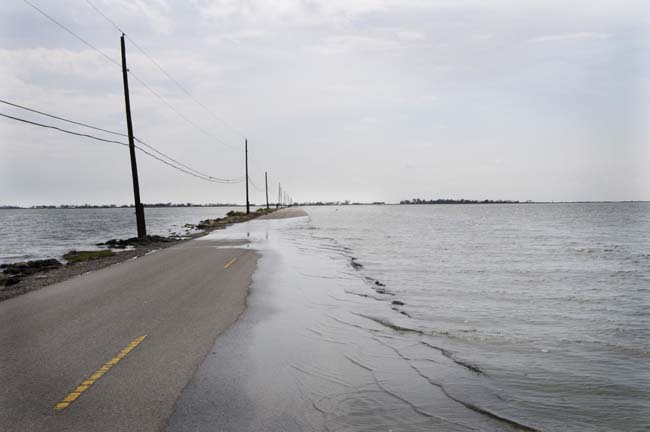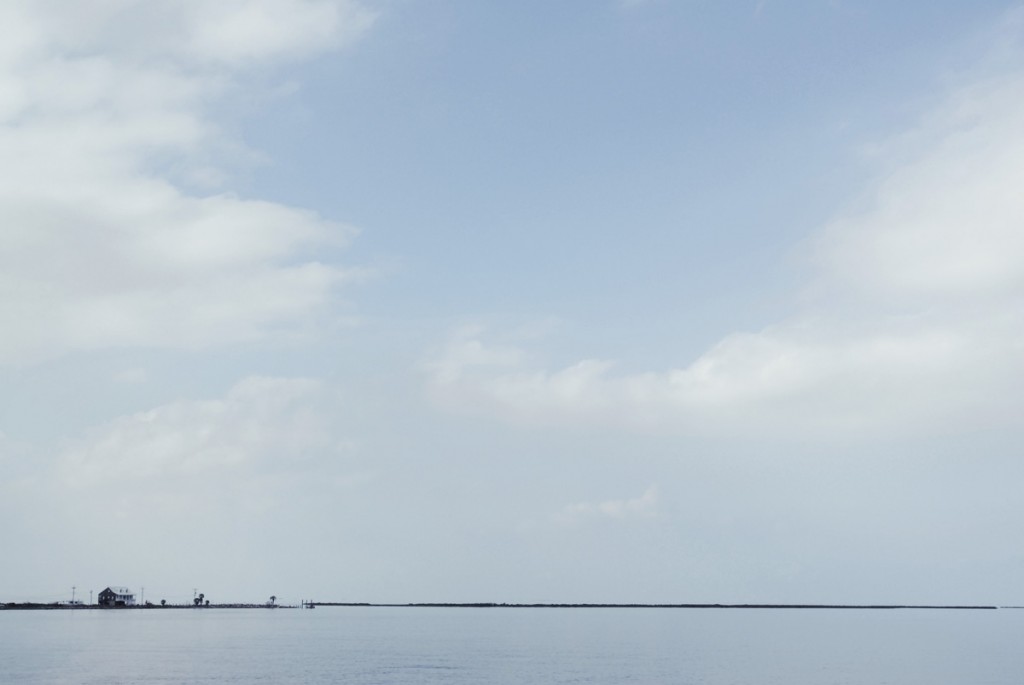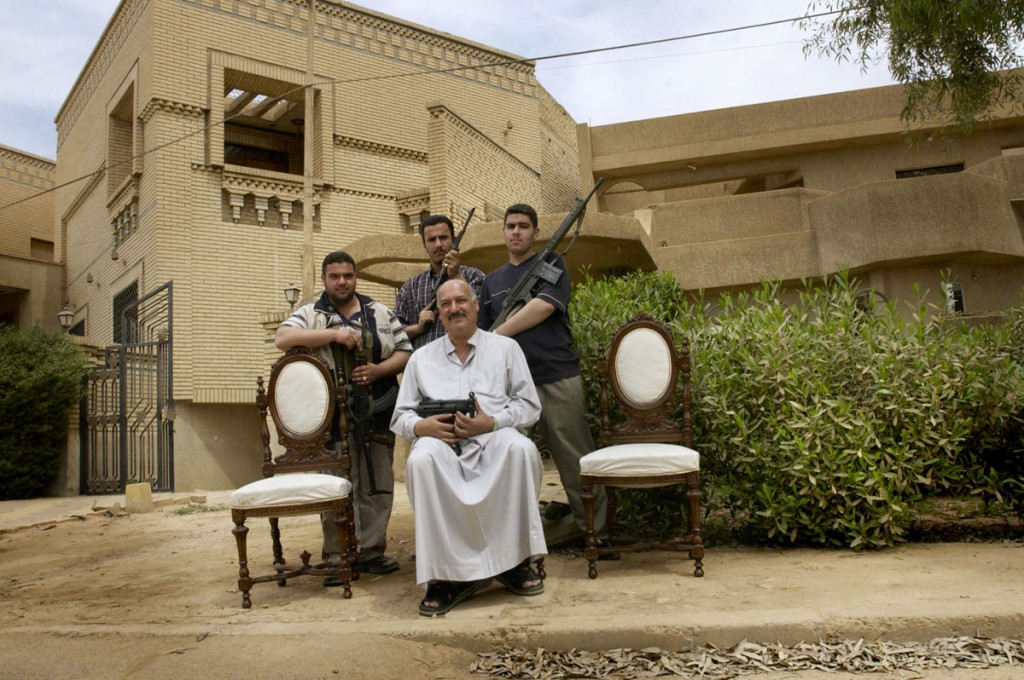ILoveTexasPhoto met with Kael Alford, a writer and anthropologist at heart, to talk about her new book Bottom of da Boot and what it means to her to be a career documentary photographer.
How did you begin your career?
I began my career wanting to be a writer. I studied English literature and anthropology/archaeology. I eventually went to journalism school where I got infected by the instant gratification of photojournalism.
What brought you to Dallas?
My husband (Thorne Anderson, also a photographer) and I came here for a teaching job he took at the University of North Texas. It was my turn to follow him for a posting.We decided to live in Dallas rather than Denton because of the larger art and academic community here, not to mention the access to an international airport. We didn’t know much about Texas before we came, which is just our sort of adventure.
We didn’t know much about Texas before we came, which is just our sort of adventure
Who inspires you?
Great storytelling inspires me, poetry inspires me, and photographers who manage to do something a little different that stands apart from the glut of imagery being produced today. As a documentary photographer, content is as important as form. When images surprise me, I get inspired.
What have been your biggest challenges?
The biggest challenge for me as a photographer is finding time and resources to work. It’s a balancing act, working for money and pursuing the long term projects that interest me. Those have a much slower rate of financial return, if any. Many photographers in the cannon of the genre only become respected after their death, and most of us won’t even be that lucky. I also teach both for income and to keep me engaged with a broader community which I enjoy, but that is a challenge because it takes so much time and pins me to Dallas. It’s a balancing act, working for money and pursuing the long term projects that interest me.
How did you overcome these challenges?
In the end, keeping anxiety in check and having a little faith in the modest value of the projects I’m working on, is what keeps me going. Finding the right audience for the work helps. For me I think that’s a reasonable test of whether or not I’m succeeding. I don’t do this only for myself – I’m trying to communicate something that draws people in. As I find a wider circle of interest in the work, it becomes easier to keep going, so I try to share it as widely as possible to see where it resonates. With the most recent project in Louisiana, finding increasing interest and support from within the communities where I’m photographing has been the biggest bolster to my motivation to keep working.
What are some of your notable assignments and projects?
I worked in the Balkans and the middle east covering news from 1996-2004. There are a couple of bodies of work from that time, but the one that is the mostly widely available is the work from Iraq. That will be showing on the 10 year anniversary of the invasion of Iraq at the de Young Museum of Fine Art, San Francisco. Those photographs are from the early years of the U.S. invasion and war in Iraq and were made from a civilian perspective, rather than embedded with U.S. troops. The Louisiana project is the most recent body of work. That was commissioned by the High Museum of Art in Atlanta. I’m continuing that work although that commission has come to an end.
When did you first begin working in Louisiana?
I began working in Louisiana in 2005 after hurricane Katrina.
What have been some of your most favorable moments through this process of working in the communities in Louisiana?
The moments interacting with friends there, taking boat rides, learning about the coastal ecosystem. It’s become a place that comforts me in a way, it gets me out in the world. Working there always takes a lot of energy and it’s sometimes the down time I enjoy most, making dinner of amazing seafood caught that day, telling stories on a porch under the stars. The perspective I get on nature when I’m there is one of my favorite things.
What is ‘Bottom of da Boot’ about and where is the project at now?
This is a story about coming home to find the roots of the Native American strains in my own family, only to discover that impacts of the oil and gas industry have nearly gutted their lands, causing massive coastal erosion and sinking the land as the sea level rises due to climate change. The collective heritage of many coastal Louisiana communities are facing the same fate. I see this project as an extended family album, and only one American story that is being repeated across the country where the health and environment of local communities are being sacrificed to dead end fossile fuel industries. The first stage is finished and there is an exhibition on show at the High Museum of Art in Atlanta through September of this year.
I’m now distributing the first book “Bottom of da Boot” with the help of the publisher and looking for venues for the show to travel to after it leaves the High Museum in Atlanta. I’m starting on two more smaller books as part of a series about the local culture and environment. I hope to bring the exhibit at the High to Texas and I’m looking for a venue.
Where can people find your book?
If you want a personally signed copy, send me an email and I’ll ship you one. (kaelphoto@gmail.com)
You can also order directly from Fall Line Press here: http://falllinepress.com/index.php?/books/bottom-of-da-boot/
What do you hope to come from this book, ultimately?
I hope that those who see the work – either in the book, in an exhibit, online, etc. to be curious about this place. I hope that the work communicates some of the feelings I have about that place, the mood, mystery and scrappy determination of the people who live there. I’d be happy if people were surprised by what they find there, but also recognized more global concerns. Maybe it will even spark an interest in the environmental impact of oil and gas extraction on the coast, and make them wonder more about how industry affects their own environment.
I hope that the work communicates some of the feelings I have about that place, the mood, mystery and scrappy determination of the people who live there.
Perhaps fracking in Texas will come to mind – and people will be reminded to keep a close watch on that industry and educate themselves on the health and ecological impacts. We all need to be more aware of how the world is shifting under our feet due to fossil fuels industries and pollution and we can’t rely exclusively on existing environmental regulations to protect us. We need to be aware and take responsibility for how we impact our land and environment if we want to stay healthy and leave an inhabitable place behind for our descendants. This work is just another stick on the growing pile of evidence that we ought to be more aware of our surroundings and to stand up for our own best interests against industry, I hope.
Aside from this project what are you working on?
I’ve always got other projects brewing, but this one has been consuming in the last year and continues to keep me occupied. I’m working on something in Texas closer to home, but that’s still a secret!
Favorite place to grab a drink?
Nova in Oak Cliff. Or on a friend’s porch/backyard just about anywhere.
Favorite place to go and work outside the office or home?
If I’m working on photography outside of home, it’s to take photographs usually. For that I like to go places I’ve never been before, even in Dallas.
Favorite part about being a photographer in Dallas and Texas?
I have to admit it’s not easy to be a photographer in Dallas, at least not a documentary or “art” photographer. There are not many of us here. It’s a little lonely in that regard. But there are lots of other great people here – artists of many stripes, a handful of committed collectors and educators, a couple of galleries that care about photography. What we’re missing is a photo curator at any of the major museums here to help develop and grow and appreciation and conversation about photography. That would help!
What it is like being in a relationship with another photographer?
There are big pluses to sharing a life with another photographer. First, photographers understand the compulsion to continue working, and the travel and challenges involved. It’s also great to have another set of eyes around that you respect to give you feedback on your work. The challenge is juggling a home life with the schedule of travel and work that this profession requires. There have been times when we’ve competed for jobs in the field, but that was relatively rare.
Advice for someone starting out?
Photography, particularly photography driven by your own curiosity and interests rather than exclusively for clients, is not for the fainthearted.
Photography, particularly photography driven by your own curiosity and interests rather than exclusively for clients, is not for the fainthearted. It’s a calling and you have to take many risks. More than ever, documentary photography is considered non-essential to our understanding of the world, so there are fewer jobs in photojournalism or documentary than ever before. At the same time, there are more opportunities for people with video skills, so if you like photojournalism, certainly learn both. If you want to reach a massive audience, become a filmmaker – that is the American currency of visual mass communication.
In the art world, photography continues to occupy a sort of second class ghetto. So you really must love the still image if that is the direction that you choose. For me it’s a kind of poetry or story-telling for it’s own sake and the journey that keeps me moving forward. For some people, photography as a hobby is enough, and if that’s you, then you’re lucky. Don’t quit your day job! There isn’t a day that goes by when I don’t wonder what would be different if I had chosen an easier, more traditional path, but then I wouldn’t have the depth of experience with the world that photography has allowed me. It’s shaped who I am. It has a way of doing that. Just be sure you ask around and be aware of what you’re getting yourself into when you say you want to be a (non-commercial) photographer, and pick up whatever other skills you can along the way to support yourself.
Any tips for finding good project ideas?
Start with what you know and what concerns you when seeking a project idea. Don’t think that you need to travel to the other side of the planet. But also be aware of what is out there already and the major bodies of work that have shaped the craft. Ideally, I think we ought to strive to add something new to public conversation. So much is photographed these days that photography, for me anyway, risks becoming invisible in a way, and so much of it is fluff.
Only the most outstanding work will set itself apart, and so you need to strive for that
Only the most outstanding work will set itself apart, and so you need to strive for that, I think. But you might just find the most profound topics in your daily life, or in your back yard. Go where your curiosity and insights lead you, and research widely in the areas that interest you. In order to be a compelling photographer, you need to know about a lot of other things. Read, learn about history, pay attention to politics, and when you strike on a subject that tugs at you, go deep. Expanding your experience to the world is a good place to start. It’s not unlike being a writer or any other sort of artist in that way.
When you think of a project, how do you research to see if someone else has already done something similar?
So much of human experience has been photographed, and many times topics have been addressed by someone else. That’s okay, so long as you have something to add and a different, thoughtful approach. I try to stay abreast of what’s happening in photography through reading journals, blogs and reviews. The internet helps tremendously with that. Art is a conversation so it’s ok to re-engage a topic someone else has already photographed so long as you have something thoughtful to add.
If you find another body of work on a similar subject, do you continue on, or do you switch gears?
I haven’t had that problem. Usually if it’s a topic someone else has photographed, my approach is so different that I’m not worried (though it can be discouraging occasionally if a whole army of photographers shows up). I do try to be aware of what’s already out there, but usually I’m in it for the long haul so others will come and go while I’m still hanging around. I also like to go where I’m needed, so I try to find topics that are not well-explored. That’s the journalist in me. I’m sort of an investigative journalist who wanted to be a poet but is too restless at this point in my to spend too much time writing. So instead, I wander around with a camera and take notes. I am still a writer at heart, I think. I love the poetry of still photography.

















